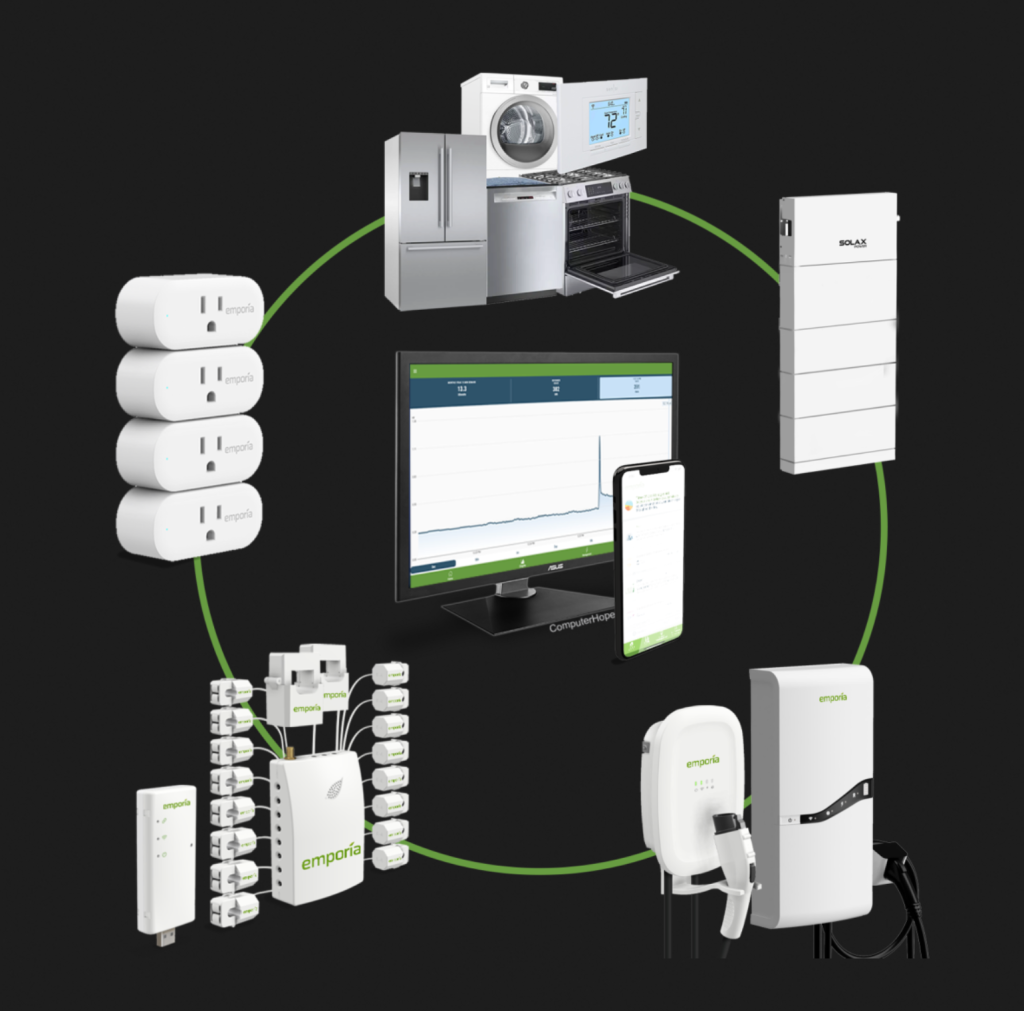HarryN
Solar Enthusiast
Keeping 25-50 gallons of gasoline around is problematic. Even if you choose non-ethanol (and can get it) it's not ideal. 100LL (airplane fuel) is probably better for longer storage, but cannot be used in anything EFI that isn't a simple engine.
I solved for this by buying 100lb propane tanks. That fuel keeps forever but has it's own "storage risks". Best bet is a large underground propane tank and a dual-fuel or propane generator.
Yes you would definitely need to keep cycling it through the vehicle. Maybe even keep the extra 25 gallon tank in the bed and use it as an intermediary tank.
It is a bigger problem in CA / NY and similar states that require more aggressive fuel processing vs TX. The processing that is required here in CA makes the fuel much less stable than 20 years ago and no amount of stabilizer seems to solve this problem.
Perhaps a diesel hybrid truck would be better as those might be more available in TX vs over regulated CA.




